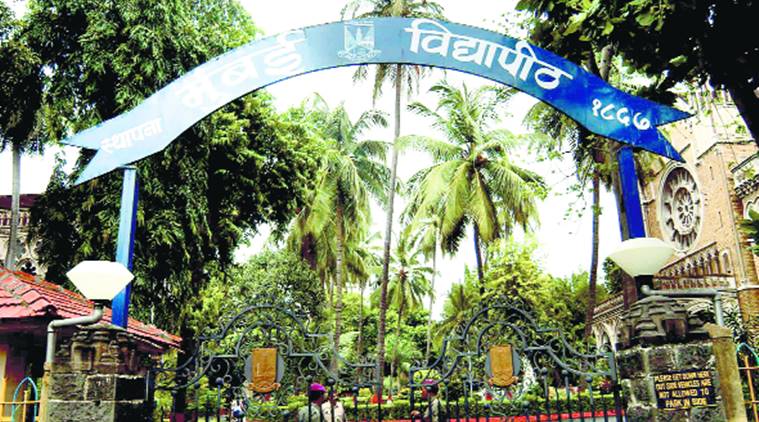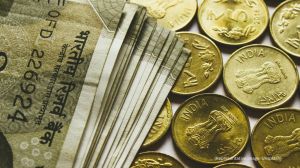Stay updated with the latest - Click here to follow us on Instagram
Can date relics up to 50,000 years: India’s first dedicated carbon-dating facility inaugurated at MU
The machine is expected to date relics up to 50,000 years, with a precision of 100 years. While there are 45 such machines in the world (22 in Europe, nine in the United State of America, eight in Japan, three each in Australia and New Zealand and one each in Canada, China and Korea), this is the third such machine in India.
 The Accelerated Mass Spectrometry (AMS), the country’s first dedicated carbon-dating facility, was inaugurated Friday at the Kalina campus.
The Accelerated Mass Spectrometry (AMS), the country’s first dedicated carbon-dating facility, was inaugurated Friday at the Kalina campus.
A MACHINE set up on the Kalina campus of the University of Mumbai will now help archaeologists and scientists across the country find the precise age of relics and historical artefacts. It will use carbon-dating method to precisely date the artefacts. The Accelerated Mass Spectrometry (AMS), the country’s first dedicated carbon-dating facility, was inaugurated Friday at the Kalina campus. Established with funds worth Rs10 crore from the Board of Research in Nuclear Sciences (BRNS), the AMS facility will be made accessible to scientists and archaeologists from across the country. DC Kothari, retired professor of the university will act as the principal investigator and Mayank Vahia, professor at Tata Institute of Fundamental Research will serve as the principal collaborator.
Speaking to The Indian Express, Vahia said, “The machine has already been installed and will be commissioned within six to eight weeks. It will help the scientific community study the various ways carbon reacts. It will also help archaeologists date artefacts and relics accurately.” The AMS machine detects the Carbon-14 to Carbon-12 ratio — two isotopes of the same element — to determine the age of the sample. Vahia explained: “Carbon 14 is absorbed by living bodies, particularly trees. Once they die, they stop absorbing more. Thereafter they start decaying to Carbon-12 isotopes. So, a ratio between the two could help pinpoint the age of the sample.”
The machine is expected to date relics up to 50,000 years, with a precision of 100 years. While there are 45 such machines in the world (22 in Europe, nine in the United State of America, eight in Japan, three each in Australia and New Zealand and one each in Canada, China and Korea), this is the third such machine in India. “The first such machine is in Delhi but it is not dedicated to carbon dating. Scientists use it to date lithium and other elements, which has its drawbacks,” said Vahia. The conventional method of dating artefacts is time consuming and takes years. The AMS facility will not only expedite the process, it will also make carbon dating affordable.
“Currently, samples have to be sent abroad, usually to Europe, which costs more than Euros 350. So, not many archaeologists can afford to date their findings. A machine within the country will slash the cost by several times,” he said. Interested archaeologists and scientists will have to send their proposals for using the facility and a committee of experts will select the best ones that will get a chance to use the facility. “It will be a no-profit-no-loss facility and a nominal fee will be charged,” said Vahia.







